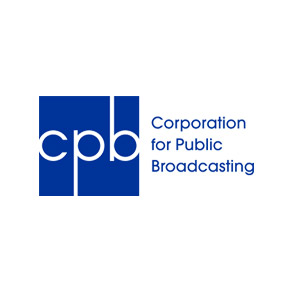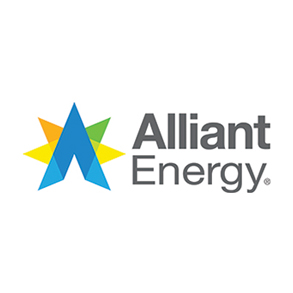Floating Wetlands to Reduce Runoff
Waterways are being filled with chemicals from crop runoff as well as pharmaceutical leftovers. This causes a disruption in our ecosystems by reducing fish population, and disrupting the ecosystem in the water. This then causes a chain reaction to our food chain. Floating wetlands are a possible solution to this problem. Floating wetlands are plants that are placed on a floating mesh in the middle of a pond or lake. As the plants start to grow, the roots will grow into the water. The roots then allow for a biofilm to grow where the majority of nutrient uptake and degradation occurs.
Driving Question
How can floating wetlands help increase the bee population?
Probing Questions
- As you look at the photo, what do you notice?
- Why place plants floating on top of the water?
- How do floating wetlands reduce the effect of runoff?
- How do floating wetlands affect different ecosystems?
Classroom Suggestions
Students could:
- Create a flow chart of how wetlands affect water quality which in turn affects the ecosystem in the water.
- Research how a floating wetland works and then make changes to the layout to increase effectiveness.
- Create miniature floating wetland working models in the classroom (lab based activity) & monitor the water quality over time. This can be added to a fish tank already present in the classroom.
- Use this as an example of a cause and effect relationship from how micro scale changes cause macro changes.
Resources
- BioHaven | Floating Wetlands for Habitat: Seven positive examples of how floating wetlands impact wildlife.
- Maryland Department of the Environment | Improved Water Quality: How wetlands improve water quality.
Iowa Core Alignment
HS-LS2-2:Use mathematical representations to support and revise explanations based on evidence about factors affecting biodiversity and populations in ecosystems of different scales
Credit Info
Submitted by Danielle Hoenig as a part of the Iowa STEM Teacher Externship program.
Funding for Iowa Science Phenomena provided by:




